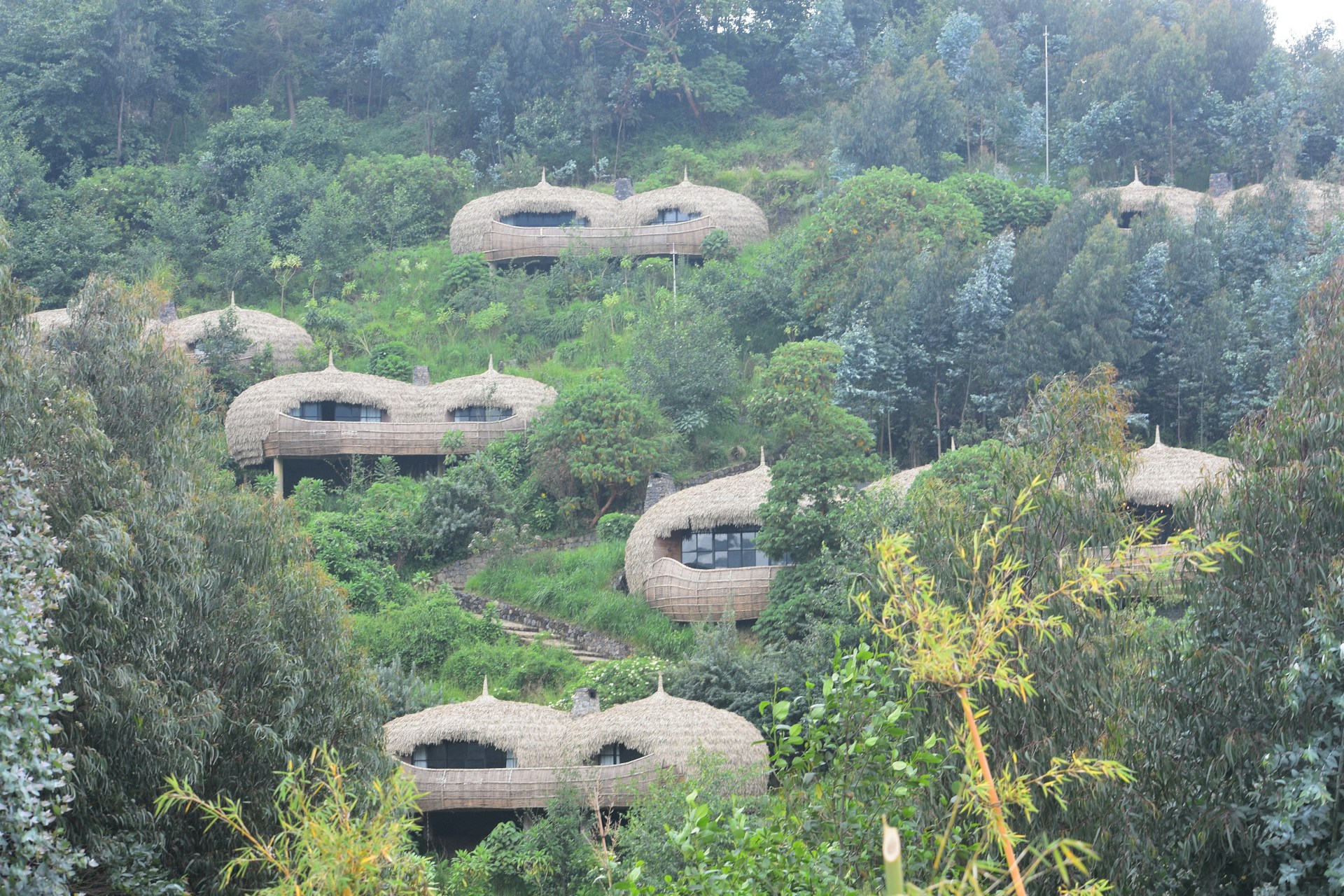Affordable Housing in Rwanda
Rwanda has a developing housing and finance sector – but there are constraints. Affordable housing in Rwanda is facing many challenges despite having a mortgage-to-GDP ratio (3,35 percent) that is relatively high for the region,
Mortgage lending is concentrated at the upper end of the income pyramid, and Rwanda’s microfinance sector is an important source of finance for lower-income segments of the market.
The products and services of microfinance providers are not typically addressed towards affordable housing in Rwanda.
In addition, Rwanda has a critical, but poorly documented residential rental sector.
As is the case in most countries, the affordable rental sector operates off the radar, unattended by both policy and finance.

In 2020, the Government of Rwanda partnered with the World Bank to access two grants, one of which is for housing finance.
US$150 million has been approved to fund the Rwanda Housing Financing Project, the main objective of which is to expand access to long-term housing finance for the benefit of middle-income segments that have limited or no access to mortgages, while also supporting capital market development.
While this is important, it is unlikely to cover the breadth of the need for housing finance, specifically for lower-income earners who are outside the scope of mortgage lending.
How the end user finance intentions align with the availability of construction finance, and whether this addresses the needs of the so-called informal, or small-scale supply sector (and critically, rental accommodation) is also not clear.
To this end, a broader and more detailed understanding of the demand and supply sides, how they intersect, and the specific housing value chains engaged with and served by each, is required.
Also read: Landscape of investment in Rwanda

